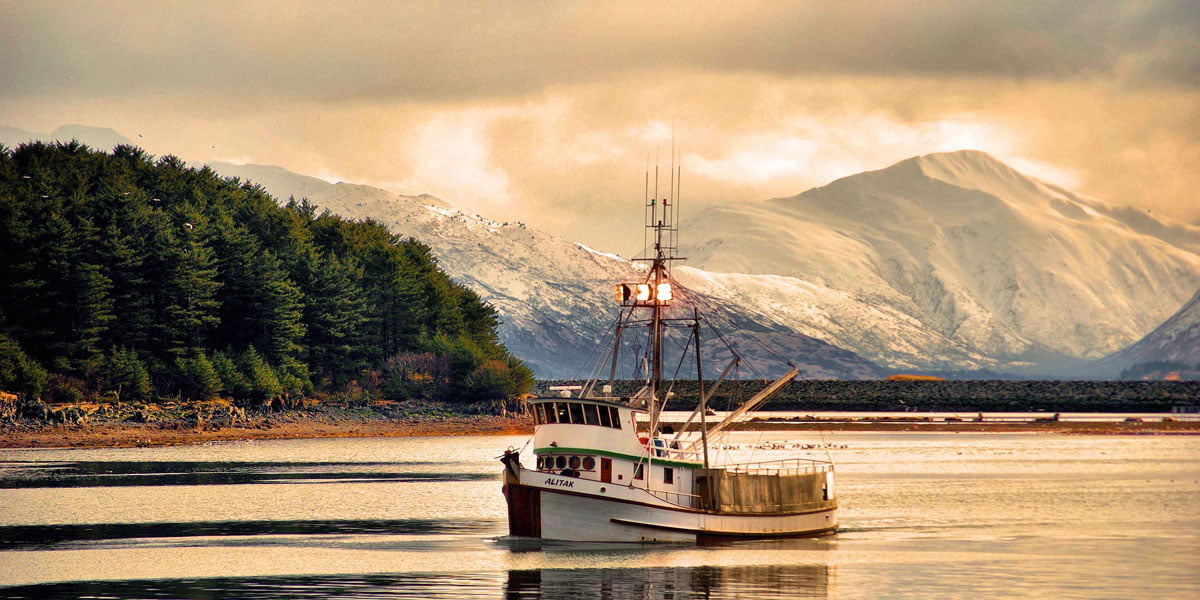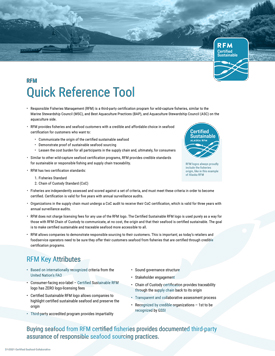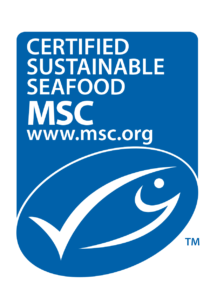CREDIBLE STANDARDS
Like other wild-caught seafood certification programs, Alaska RFM provides credible standards for sustainable or responsible fishing and supply chain traceability.
TWO STANDARDS
Alaska RFM has two certification standards:
- Fishing rule
- Chain of Custody (CoC) Standard
PROFITABLE CHOICE
RFM offers Alaska seafood customers a credible and cost-effective option in seafood certification.
AUDIT
Supply chain organizations must undergo a CoC audit to receive their CoC certification, which is valid for three years with annual surveillance audits.
DEMONSTRATED LIABILITY
RFM enables companies to demonstrate responsible sourcing to their customers. This is important; as today’s retailers and foodservice operators must ensure that they offer their customers seafood from certified fisheries through credible certification programs.
KEY ATTRIBUTES
Key Attributes of Alaska RFM Certified Seafood:
- Based on internationally recognized criteria of the FAO of the United Nations.
- Consumer Oriented Ecolabel – Alaska RFA Certified Seal has no logo license fees.
- The RFM Certified Seal enables companies to highlight certified sustainable seafood and preserve Alaska’s origin.
- Third-party accredited program provides fairness.
- Solid governance structure.
- Stakeholder participation.
- Chain of Custody certification provides traceability through the supply chain to its origin.
- Transparent and collaborative evaluation process.
- Recognized by credible organizations – First to be recognized by GSSI.










